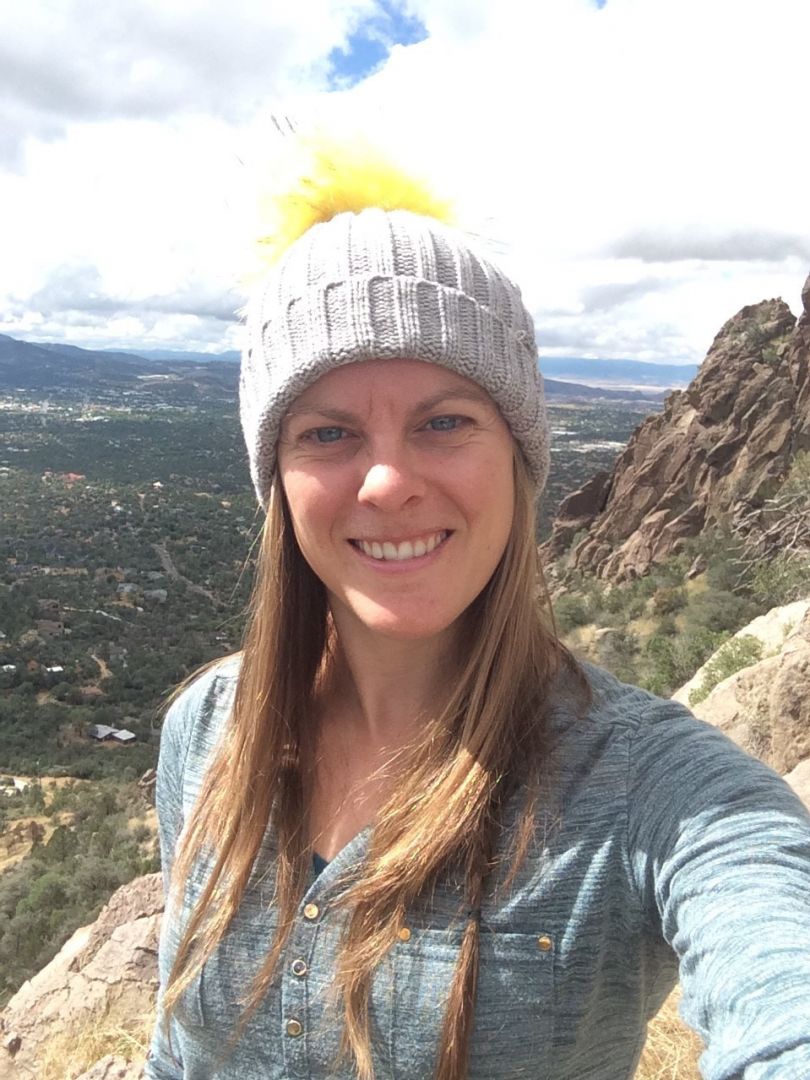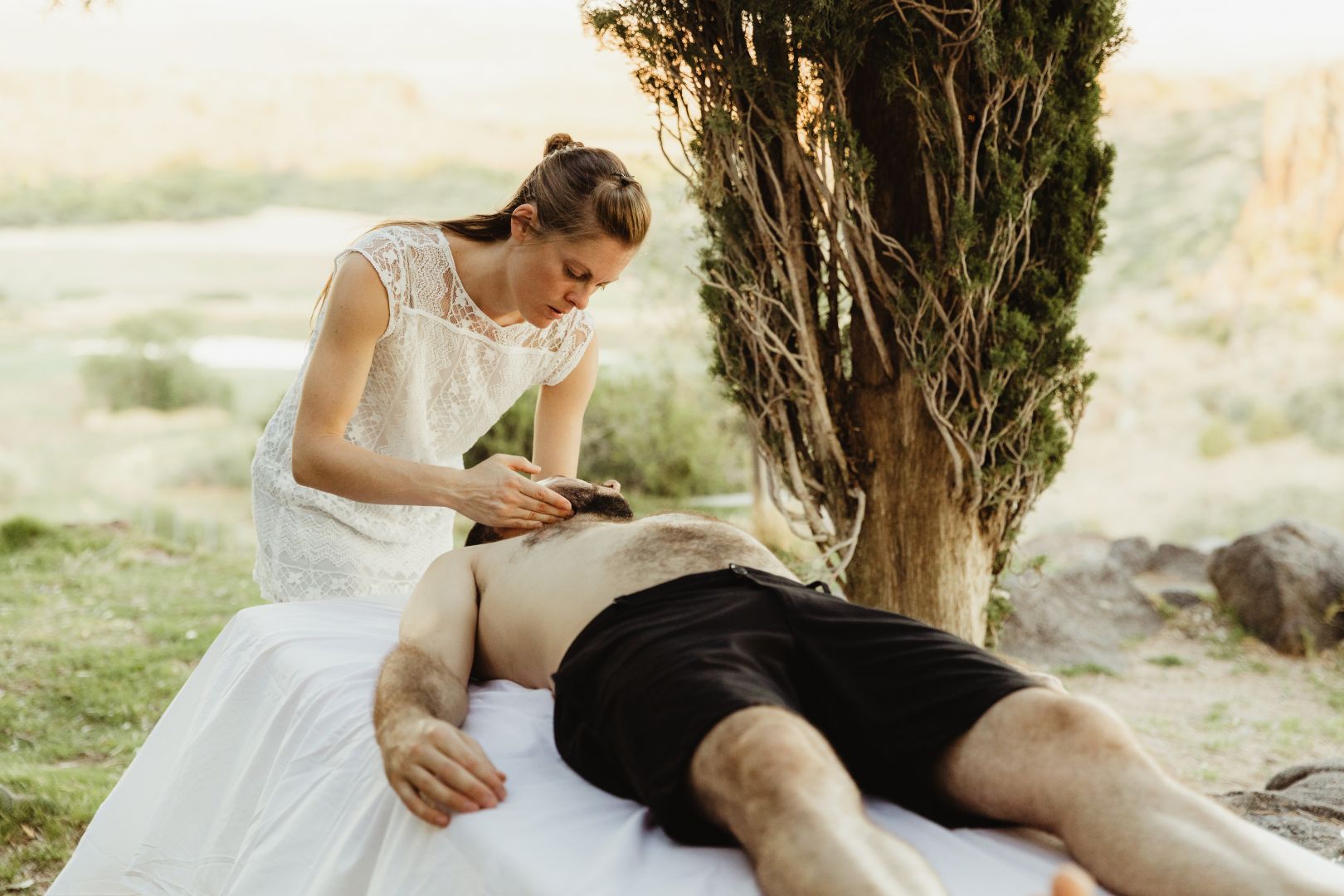Meet Helen Goodrum | Rolfer Structural Integration and Rolf Movement Practitioner


We had the good fortune of connecting with Helen Goodrum and we’ve shared our conversation below.
Hi Helen, we’d love for you to start things off by telling us something about your industry that we and others not in the industry might be unaware of?
Is Rolfing® Painful?
The modality Rolfing® SI, like the medical system, has evolved over the past 60 years. Originally only males were admitted into the school as it was believed a Rolfer® needed large hands!
Thankfully the medical world has seen an increase in understanding of the body and the nervous system which has changed the direction of the Rolfing® technique. A Rolfer® is able to have a lasting effect on a client’s body with very little pressure: Rolfers® recognize that gentle contact with the body can have just as much of an affect as pressing with all their weight. Rolfing® does not follow the mantra “no pain, no gain”. Rolfing® uses subtle pressure and is always finding ways to ensure the clients nervous system is cared for. Contemporary medical research deepens our knowledge of fascial and muscular tone and the connection of fascial mechanoreceptors that send information to the central nervous system.
At times Rolfing® may feel like a deep tissue massage, perhaps strong or intense. A Rolfer® is focused on the fascia, which may be stubborn in certain areas, particularly if the client has scarred or adhered tissue. Rolfing® should never be more painful than the pain your body may already be experiencing before a Rolfing® session. A Rolfer® respects a clients’ boundaries and understands the modern pain science, in relation to the perception of pain it is mediated by the nervous system (for example, anxiety can make the physical body feel more pain). A Rolfer® will ask the client to always inform them if the intensity becomes too much.
“Don’t force things. If you’ve done your preparation right you don’t have to force things. There’s a steadiness, a gradual straightening that organises the body”. – Ida Rolf
Can you give our readers an introduction to your business? Maybe you can share a bit about what you do and what sets you apart from others?
Rolfing® Structural Integration (SI) is a physical therapy technique that improves posture and quality of movement through manipulation of fascia (connective tissue), and movement education of body perception and coordination. Rolfing® addresses the body as an integral whole, bringing the client greater efficiency, consciousness and awareness in movement.
As a Rolfer® I recognize the body as an inherent system of interconnected organic tissue networks, linking muscles, bones, nerves and organs. Working with this system I release, realign and rebalance the body as a whole, enabling clients to regain their integral form, increasing efficiency and freedom of movement.
I started my career as a dancer. I trained in London, UK and have dance around the world for multiple companies, and currently live and have a healthcare practice, Artful Healthcare in Arizona, USA. I have always been fascinated with the human form and structure, studying patterns of movement (which are often learned in childhood), and the physical and emotional imprint of our personal and cultural histories. After a performance related head injury, that caused nerve damaged down my right arm, Rolfing was the only modality that reduced my pain and gave me more range of motion. After 8 months I was able to return to performing on stage. I had found a modality that unwinds the physical patterns that cause us pain and suffering.
I trained both at the Ida Rolf Institute USA and the International Rolfing Institute in Brazil. This unique training gives me a different set of tools to the usual USA Rolfing training. I bring my embodied practice spanning over three decades to my clients as well as my qualifications as a Rolfer®, Rolf Movement® practitioner, Franklin Method Pelvic Floor Trainer, Craniosacral Therapist and Contemporary Dancer. I am further inspired and educated by my studies with Tom Myers Anatomy Trains®, Bonnie Bainbridge Cohen Body-Mind Centering®, Feldenkrais Method® and Bones for Life®.
I absolutely love my career, educating clients about their bodies, and helping them be more efficient in gravity to reduce pain, increase ease of movement, improve health and restore balance. Every individual is different, yet we all are striving to be our best selves, let me help you on your journey.
If you had a friend visiting you, what are some of the local spots you’d want to take them around to?
Starting the day with a cold press juice from Vibes Juice bar in downtown Prescott is a must. They are fresh, delicious and keep you hydrated ready for a hike on one of the many well maintained Prescott National Forest hikes. For lunch definitely heading to the City of Spice (Bell Rd/Phoenix) for their traditional curries and dosa’s. An afternoon with Puzzle Rides is great fun. – an exciting game that challenges players to work together and solve puzzles while traveling on a golf cart around Prescott. See if you can beat the bank robbers and find the sack of gold! Ending the evening at the Arizona Mountain Jam; a contact improvisation dance class and jam exploring the connection of self and others through dance.
Shoutout is all about shouting out others who you feel deserve additional recognition and exposure. Who would you like to shoutout?
Helen’s ongoing research of the human body, movement education, perception & coordination are supported by her education from the Ida Rolf Institution, the International School of SI Brazil, Erik Franklin’ Method, and Upledger Institute.
Website: www.ArtfulHealthcare.com
Image Credits
Jessica Jameson
